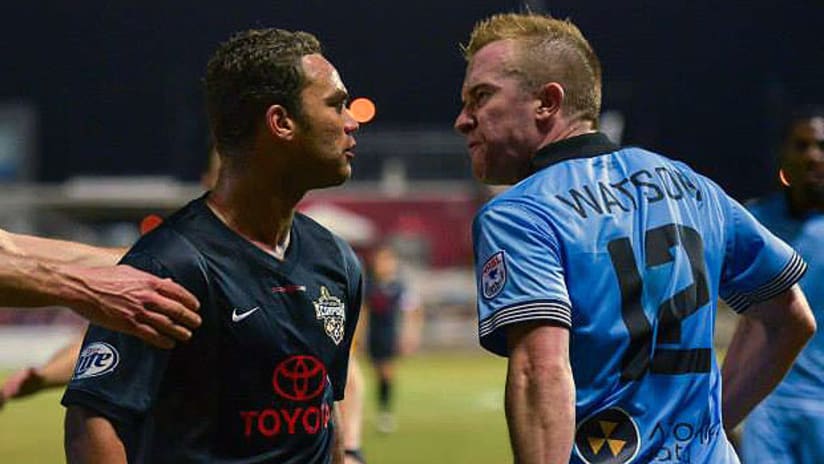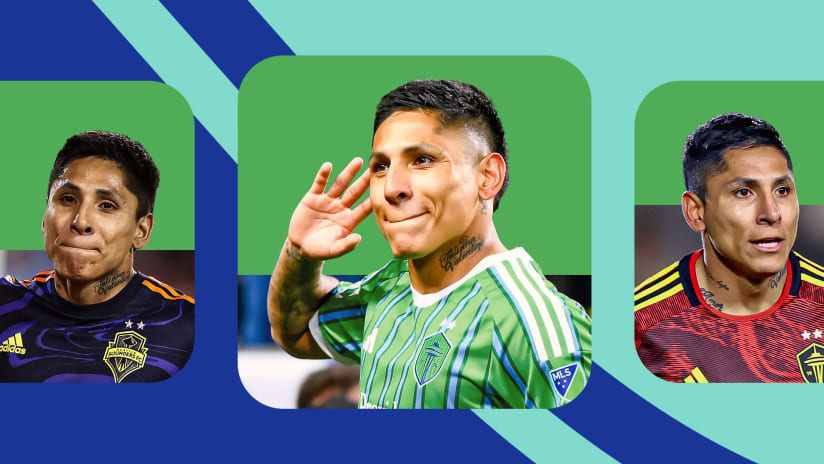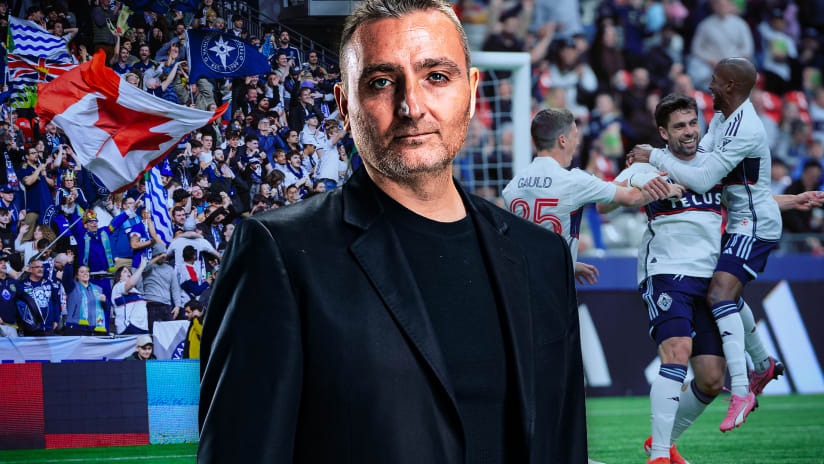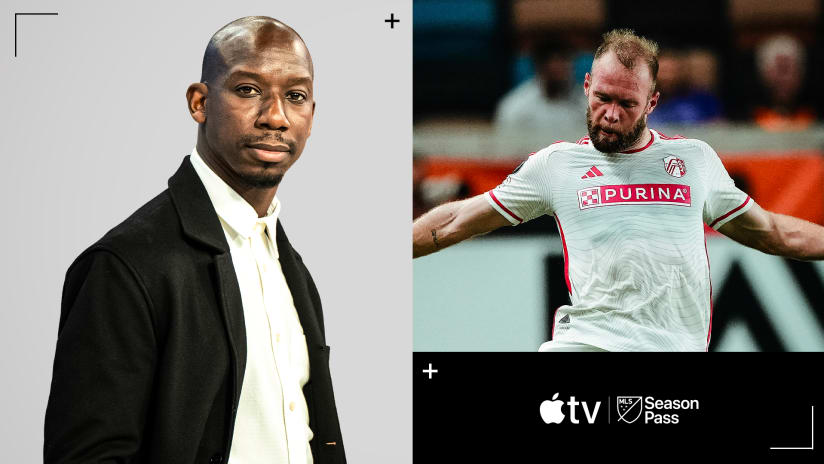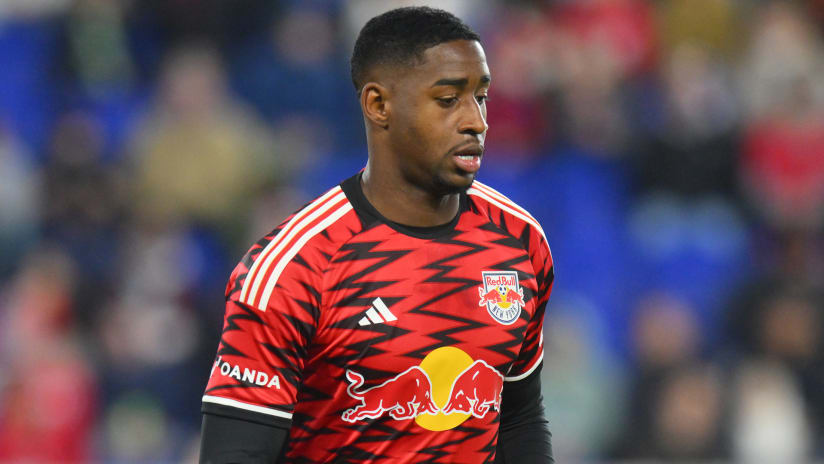While it’s never crystal clear what factors will lead Major League Soccer to decide on which market becomes an expansion franchise, there’s been something of a trend in recent years to offer a clue of what’s coming next.
Dating back to when the Seattle Sounders joined the league in 2009, six of the eight expansion markets had all planted firm roots in North American soccer’s minor leagues before making the jump. The only exceptions (Philadelphia in 2010 and New York City FC in 2015) are both major-market pickups for the league, with Miami tentatively set to reboot in 2017 after a previous false start during the early days of MLS.
But the others? All homegrown success stories, from Seattle to Montreal and into the future with Orlando, all with proud histories of building the game up from the ground level before getting the MLS stamp. So when it comes to the league’s last outstanding expansion spot before the 24-team threshold in 2020, developing new markets for professional teams is very much a lower-division love affair.
Both the second-division NASL and third-tier USL PRO are very much up for the challenge. NASL commissioner Bill Peterson says his league is aiming to hit 18 teams within the next three years. USL wants at least 30 teams by 2020, and according to league president Tim Holt, there might be as many as 36 untapped markets still available for the intrepid investor who’d like to own a minor-league soccer club.
The question now, however, is a complicated one. Which league does a prospective owner want to join?
“I’d be lying to you if I told you we didn’t look at [NASL],” Warren Smith, the founder of USL PRO expansion club Sacramento Republic FC, told MLSsoccer.com. “But there are a lot of things going on with the NASL, and they’re so East Coast-centric.
"Honestly, it was the affiliation with MLS that USL PRO has that made this finally a trigger point for us … Had NASL been the MLS partner, perhaps it would have been a different dialog.”
NASL has no intention of partnering with any soccer league in the US, Peterson told reporters two weeks ago. Peterson has said multiple times in the past that NASL is not a “minor league,” which at least hints that the league does not see itself in direct competition with USL PRO.
The reality on the ground, however, is a bit different. Less than a month ago, the ownership of NASL’s proposed team in Oklahoma City was hit by the departure of their primary investor, Tim McLaughlin, who divested himself of ownership in the club to join USL PRO’s OKC Energy FC, now four games into their maiden season.

A young Oklahoma City Energy fan gets the USL PRO team's logo shaved into his head in April. The team is four games into its first season. (Steven Christy/Oklahama City Energy)
The breakup in Oklahoma City has been particularly messy and confusing. USL PRO looked into bids from two prospective ownership groups, one led by local businessman Bob Funk Jr., and one led by the owners of OKC’s PDL franchise. Funk’s group won out, and the PDL owners – including McLaughlin – subsequently announced they would bring an NASL team to Oklahoma City.
However, USL claimed that the NASL bid’s owners were barred from owning or operating another team per their PDL agreement, though McLaughlin was apparently exempt because he never signed the agreement. As RecklessChallenge.net has reported, the remaining owners have filed suit against USL, but until the legal case is resolved, they won’t get involved in NASL’s bid. Seemingly, it leaves NASL without an owner of their OKC franchise.
McLaughlin’s departure, meanwhile, has allowed Energy FC to acquire the leasing rights to the OKC public school system’s Taft Stadium that he won for NASL. The team will begin play there in 2015.
“It’s great [to have McLaughlin on board],” Funk told MLSsoccer.com. “When we sat down and talked about this, it became apparent to both of us that there was a lot of synergy between the two of us, that we had a lot in common… with our core drive, which is uniting people through soccer in Oklahoma City and doing what’s best for soccer in the community here locally.”
What’s best for soccer in Oklahoma City, in Funk’s mind, is bringing a team to MLS, and he believes that USL PRO gives him the best model to do that. But having a team in the market over the long term – and having that team be successful – is just as important.
“I felt that the business model and what USL PRO had to offer gave us the best opportunity to get off on the right foot from a franchise standpoint, being able to establish longevity and start small,” Funk said. “You’ve got an opportunity to succeed without getting your payroll tremendously out of whack.”
It may not have worked out in Oklahoma, but NASL has had success stories at the expense of USL PRO in the past. Shortly after the schism between the two leagues in 2010, USL made a series of announcements that the ownership group of the San Antonio Spurs was looking to bring a USL PRO team to the city.
Fast-forward four years, and the San Antonio Scorpions are one of the best-supported teams in the NASL.
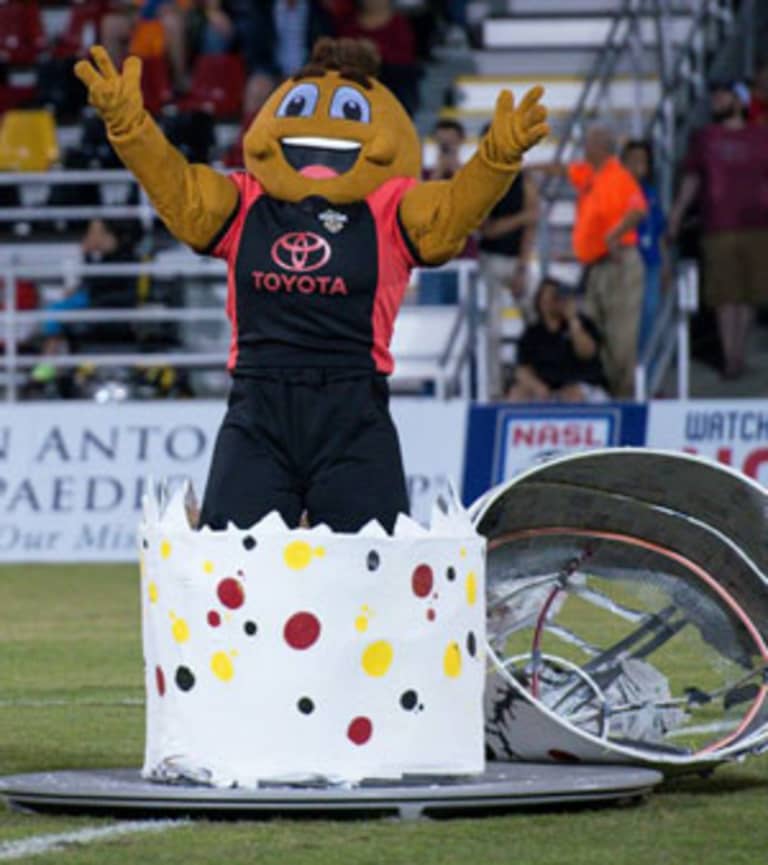
The San Antonio Scorpions revealed their new mascot recently (above), garnering the club some national attention for their over-the-top unveil.(San Antonio Scorpions)
“I didn’t [approach USL],” Scorpions owner Gordon Hartman told MLSsoccer.com. “I could easily have done that. I just didn’t because there was a comfort level after the discussions with the NASL that I wanted to proceed forward.
"They were accepting of my timeline and my ideas, and so it just proceeded. Had it not moved smoothly, probably there would have been additional review on my part.”
Hartman estimates the entire process of winning the rights to a franchise in San Antonio – contacting NASL, reviewing that Hartman met the league’s minimum requirement of a $20 million net worth, and analyzing demand for soccer in the market – took no more than three months.
“There were some analytics that were involved in that, but also there was a lot of gut feeling that this was something that made sense,” Hartman said. “We had to go through some additional review to ensure that what my gut was telling me and what my sense was telling me was correct, and it did conclude that soccer had potential in San Antonio.”
That’s an understatement. The Scorpions opened the 2014 season on April 12 in front of 7,381 spectators at their soccer-specific Toyota Field. Despite finishing bottom of the table in NASL’s 2013 fall season, San Antonio averaged more than 6,000 fans a game. San Antonio has entered the conversation to fill that 24th slot in MLS.
In the end, both leagues are co-existing and striving in their own ways.
“We understand that there are other leagues, and the NASL certainly has their own expansion plans with a different model for professional soccer that’s also seeking some of these same markets that we are," Holt said. "In most cases the same type of ownership groups that we are.
“You’ve got another league out there that’s competing for expansion markets with you. I don’t say that in any negative type of way. It’s just a very matter-of-fact statement. It is a variable and a dynamic that we’re aware of and that you have to be cognizant of, but in no way does it inhibit or affect or change what our strategy is.”

